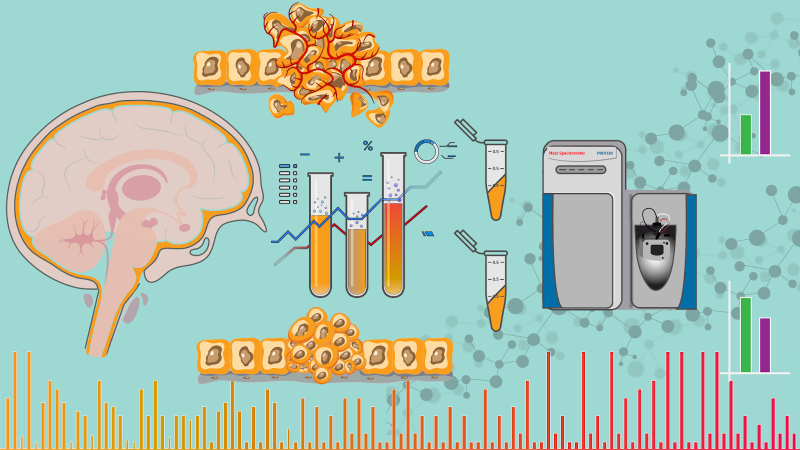
Scientists at Council for Scientific and Industrial Research- Indian Institute of Chemical Technology (CSIR-IICT) have, for the first time, used Chrysophanol derived from Himalayan rhubarb to develop MALDI matrix- a matrix used to analyse large molecules.
Matrix assisted laser desorption/ionization (MALDI) is an ionization technique used in mass spectrometry--used to measure the masses of different elements within a given chemical sample. It can be used in the analysis of biomolecules, like DNA, proteins, sugars, etc, and other large organic molecules, like polymers and macromolecules. For the mass analysis, the sample to be tested is mixed with a suitable matrix called MALDI matrix, which helps with the ionization of the sample molecules. This mixture is then placed on a metal plate. When light in the form of laser strikes the metal plate, the mixture of MALDI matrix and sample is ionized, which is then analyzed using a suitable mass spectrometer. Dithranol is a chemical usually preferred for the construction of the MALDI matrix.
In a first, scientists from CSIR-IICT used naturally occuring Chrysophanol (CP), 8-Dihydroxy-3-methylanthraquinone as a replacement for Dithranol for the construction of the matrix. CP is a naturally occuring compound, isolated from the bark of Rheum emodi or Himalayan rhubarb tree. The bark of Rheum emodi is found to have several medicinal uses has been used since antiquity as a medicinal herb used in Ayurvedic medicine for many therapeutic purposes. As CP is structurally similar to Dithranol, the scientists used it as a substitute for Dithranol, while making the matrix.
The scientists then used the CP matrix for the analysis of a wide variety of molecules, like lipids, vegetable oil, organometallics, peptide polystyrene, polyethylene glycols etc. CP was found to work similar to Dithranol in all the tests performed.
“Naturally occurring chrysophanol (CP) can be used as an effective new alternative MALDI matrix for a broad range of analytes ranging from small molecules (Lipids, Organometallics, Iridoids, vegetable oil, peptides etc.) to synthetic polymers viz., PEGs and polystyrenes” conclude the scientists about their research.
